Time Period: World War II through the Faubus Era (1941 - 1967)
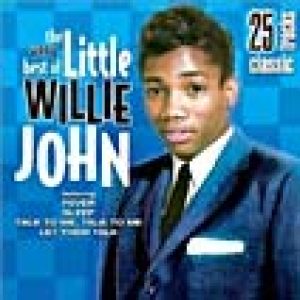 "Fever," Performed by "Little Willie" John
"Fever," Performed by "Little Willie" John
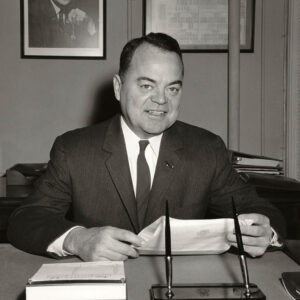 William F. Finan Jr.
William F. Finan Jr.
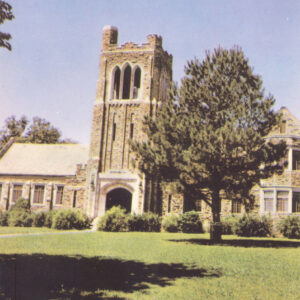 Fine Arts Building
Fine Arts Building
 Fire Plow
Fire Plow
 Fire Tower
Fire Tower
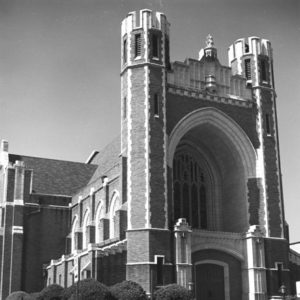 First Presbyterian Church
First Presbyterian Church
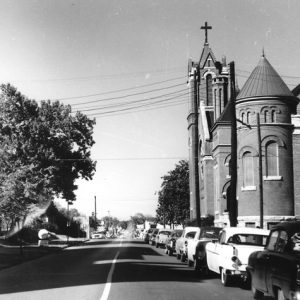 First United Methodist Church
First United Methodist Church
 Fish Market
Fish Market
 Fisher Bent-Neck Jug
Fisher Bent-Neck Jug
 Fisher Coiled Pot
Fisher Coiled Pot
 Rosemary Fisher Hallmark
Rosemary Fisher Hallmark
 Fisher Vase
Fisher Vase
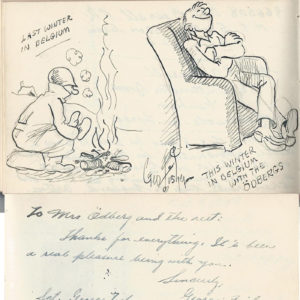 George Fisher WWII Cartoons
George Fisher WWII Cartoons
 Fisherman's Inn
Fisherman's Inn
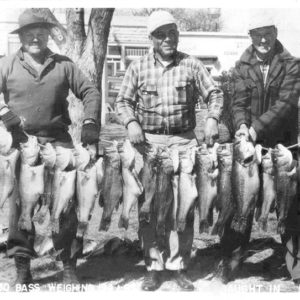 Fishermen
Fishermen
Fleck, Jack
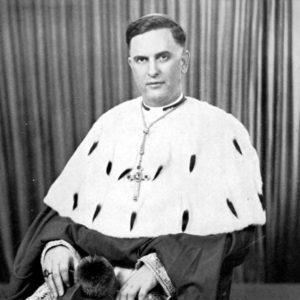 Albert Fletcher
Albert Fletcher
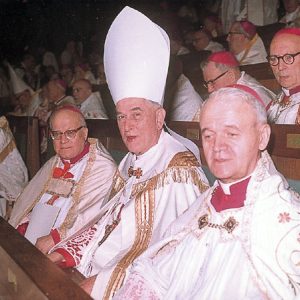 Albert Fletcher
Albert Fletcher
Fletcher, Albert Lewis
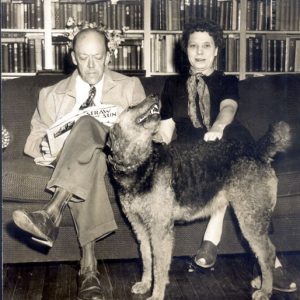 John Gould Fletcher and Charlie May Simon
John Gould Fletcher and Charlie May Simon
Flippen, Jay C.
 Jay C. Flippen
Jay C. Flippen
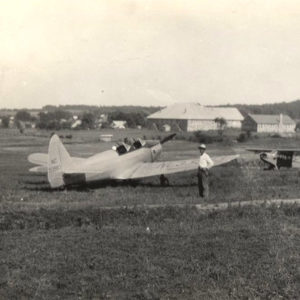 Flippin Airport
Flippin Airport
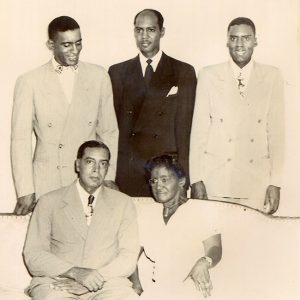 Flowers Family
Flowers Family
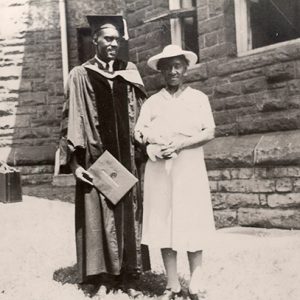 Cleon and Beulah Flowers
Cleon and Beulah Flowers
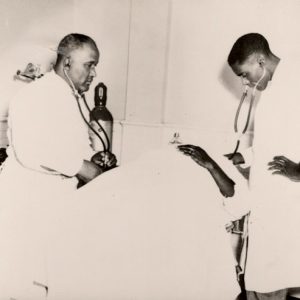 Cleon Flowers and C. A. Lawlah with Patient
Cleon Flowers and C. A. Lawlah with Patient
Flowers, Cleon
 William Harold Flowers
William Harold Flowers
Flowers, William Harold
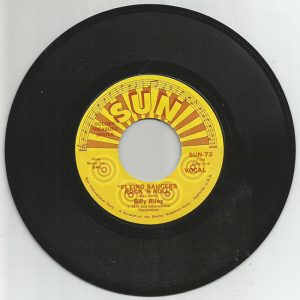 "Flying Saucers Rock 'n Roll"
"Flying Saucers Rock 'n Roll"
 Fones Building
Fones Building
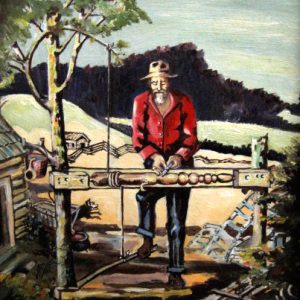 Foot Lathe
Foot Lathe
Forbush, Nellie
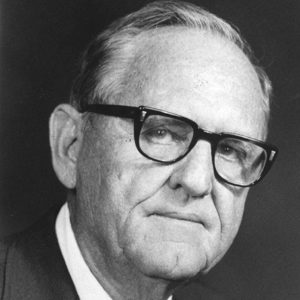 Arch Ford
Arch Ford
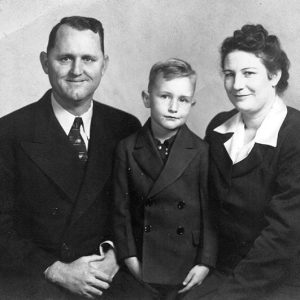 Ford Family
Ford Family
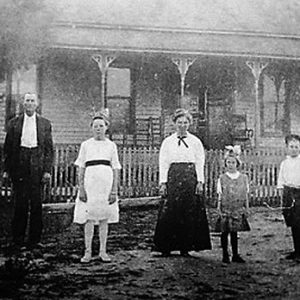 Ford House
Ford House
 Edsel Ford
Edsel Ford
Ford, Edsel
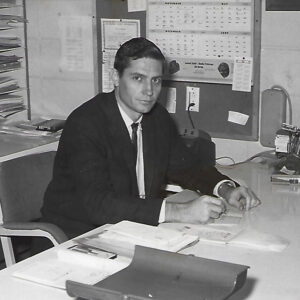 James Ford
James Ford
 Forester Hotel
Forester Hotel
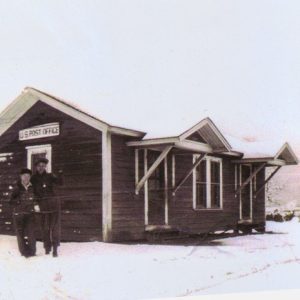 Forester Post Office
Forester Post Office
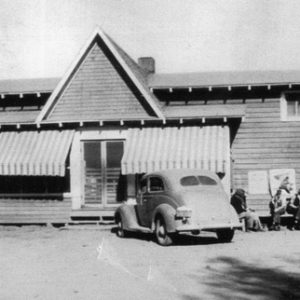 Forester Company Store
Forester Company Store
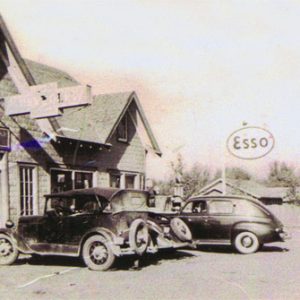 Forester Dealership
Forester Dealership
 Forester Logging
Forester Logging
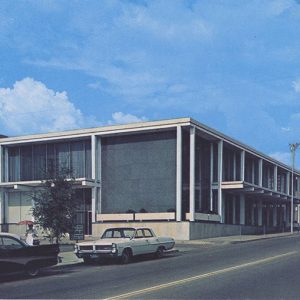 Forrest City Street Scene
Forrest City Street Scene
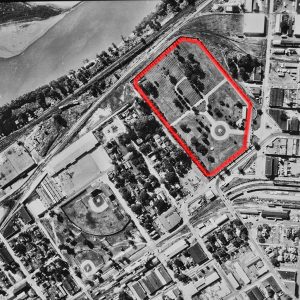 Fort Smith National Cemetery
Fort Smith National Cemetery
Fort Smith Schools, Desegregation of
 "Forty Days," Performed by Ronnie Hawkins
"Forty Days," Performed by Ronnie Hawkins
 Forty-Three Years for Uncle Sam
Forty-Three Years for Uncle Sam




